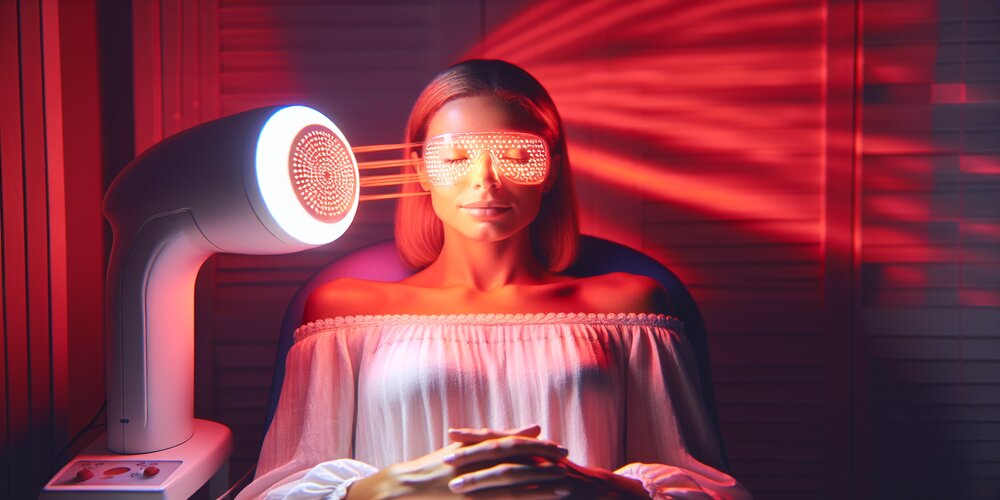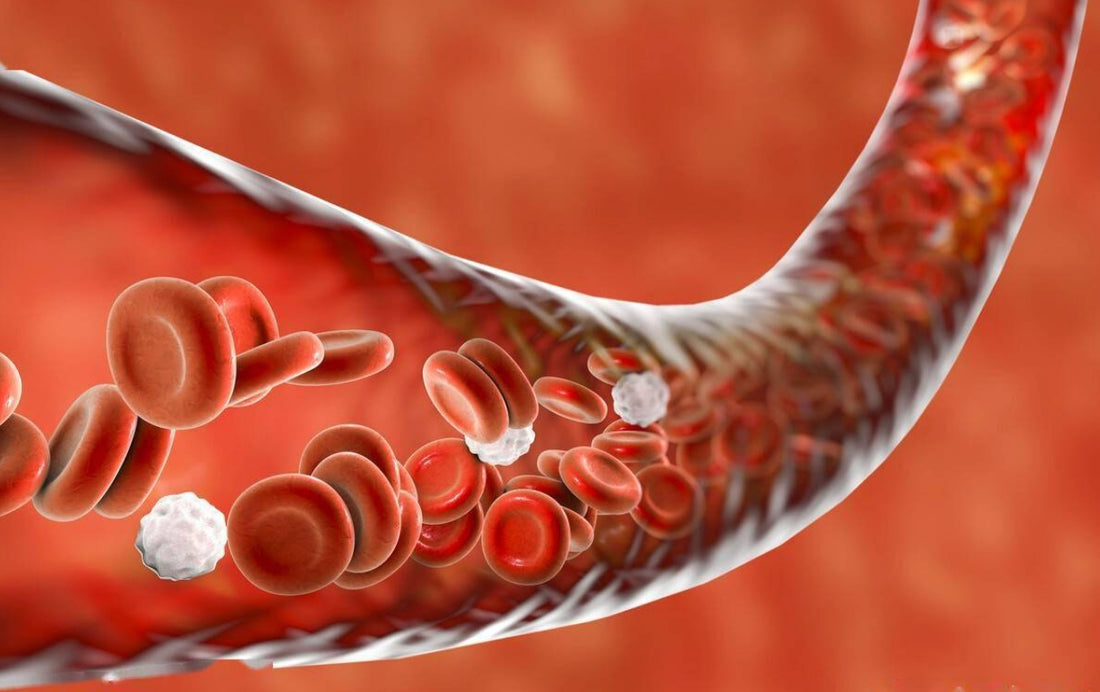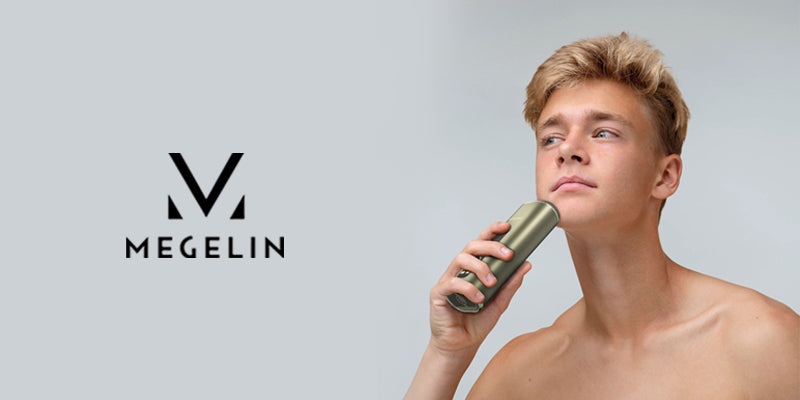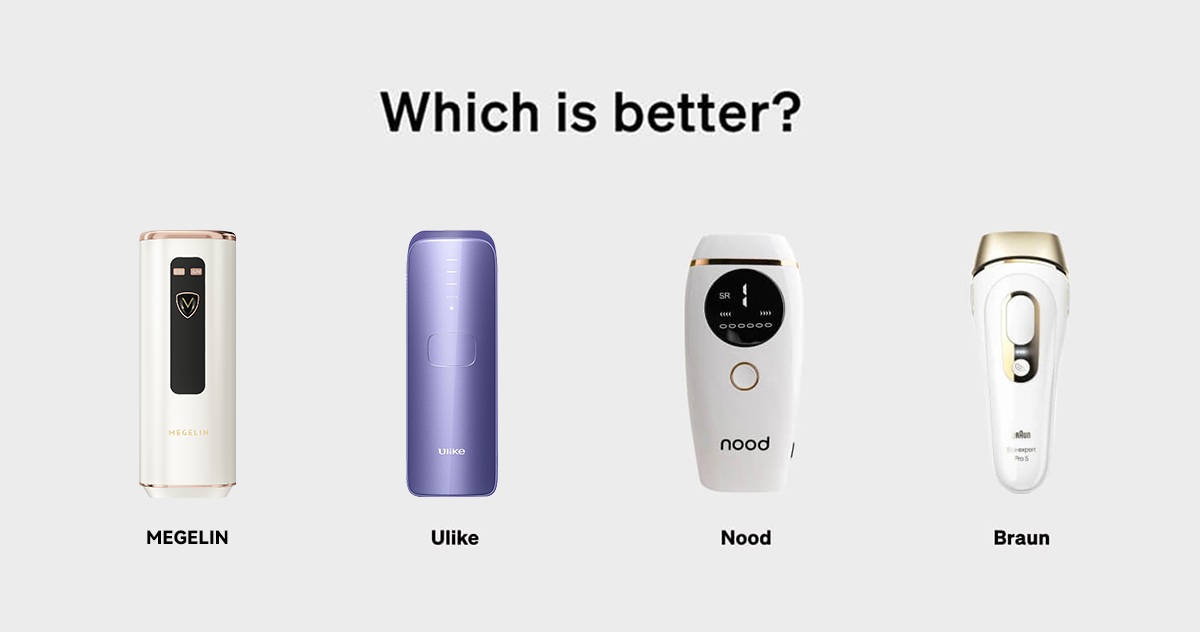
Red Light Therapy for Eyesight: Benefits and How to Get Started
2MegelinRed light therapy for eyesight is emerging as a promising solution for various visual impairments, using specific light wavelengths to enhance visual acuity and promote eye health. With growing evidence suggesting the efficacy of red light therapy for eyes in improving vision and reducing aging symptoms, many are considering this non-invasive treatment. Maintaining optimal eye health is crucial, especially in an age of pervasive digital screen usage, which can pose risks to our vision. Therefore, exploring the benefits of red light therapy for our eyes is relevant and essential for those aiming to preserve and improve their eyesight.
This article covers the fundamentals of red light therapy, highlighting its mechanisms and potential for enhancing vision and overall eye health. Key topics include how red light therapy can improve eyesight, conditions treatable with this therapy, and practical advice on using red light therapy for eyes effectively, whether open or closed during treatment. Additionally, insights into conducting red light therapy for eyes at home will be provided, offering readers a comprehensive understanding of using this technology for better visual health. By examining the scientific principles behind red light therapy vision improvements and real-world applications, this piece aims to emphasize the growing importance of light therapy for eyesight in contemporary eye care.
What is Red Light Therapy?
Definition and History
Red Light Therapy (RLT), also known as Low-Level Laser Light Therapy, Non-Thermal LED Light, or Photobiomodulation, is a treatment that utilizes low levels of red light to improve health conditions including skin appearance, muscle repair, and other medical issues [1][2]. Initially explored by NASA for plant growth and wound healing in space, RLT has evolved into a medically accepted treatment, particularly in photodynamic therapy where it activates photosensitizers to destroy diseased cells [1].
Mechanism of Action
The efficacy of Red Light Therapy is attributed to its ability to enhance mitochondrial function in cells. This process, often described as boosting the cellular 'power plant', enables cells to perform more efficiently, aiding in skin repair, muscle regeneration, and inflammation reduction [1][2]. RLT operates through exposure to specific wavelengths of light, which stimulate cellular activity without causing damage or discomfort, as it does not emit UV rays or significant heat [2].
Common Uses in Medicine
Red Light Therapy is widely recognized for its role in treating skin conditions like wrinkles, psoriasis, and acne, as well as promoting skin rejuvenation by stimulating collagen production [1][2]. Beyond dermatological applications, RLT is used to manage pain, especially associated with inflammation and tendon-related issues. Its application extends to improving symptoms of rheumatoid arthritis and aiding in the recovery of muscle tissues [2].
Red Light Therapy and Eyesight
Studies Linking Red Light Therapy to Improved Eyesight
Research has demonstrated that red light therapy can significantly enhance visual acuity, particularly in individuals over the age of 40. A study conducted by University College London found that just three minutes of exposure to deep red light at a wavelength of 670 nanometers, when administered in the morning, can improve vision that has declined due to aging, with effects lasting up to a week [3][4]. This improvement is linked to a 70% reduction in ATP (adenosine triphosphate) production as we age, which is crucial for cellular energy and function [5][5][6]. The retina, which requires high amounts of energy due to its high mitochondrial density, benefits greatly from this energy boost, improving overall eyesight [3][6].
Mechanisms of Action in Eyesight Improvement
The effectiveness of red light therapy in enhancing eyesight is primarily due to its impact on mitochondrial function. The therapy's specific wavelengths help to increase the mitochondrial charge, thereby boosting their energy output [3]. This process is vital for the photoreceptors in the eyes, which are among the most energy-demanding cells in the human body. By improving ATP production and reducing oxidative stress, red light therapy enables these cells to convert light into electrical signals more efficiently, enhancing visual acuity and color contrast vision [5][7]. Studies have shown that morning sessions of red light therapy are particularly effective, aligning with the body’s circadian rhythms and ensuring optimal mitochondrial response [4][5].
Conditions Treated by Red Light Therapy in Eye Health
Macular Degeneration
Red light therapy has shown promise in treating age-related macular degeneration (AMD), a leading cause of vision loss. It enhances mitochondrial function in retinal cells, reducing inflammation and improving blood flow, which are crucial for slowing AMD progression [8][7]. Clinical trials indicate that red light therapy can significantly improve visual acuity and reduce the rate of progression in dry AMD [9][8].
Diabetic Retinopathy
Studies have demonstrated the efficacy of red light therapy in managing diabetic retinopathy. It reduces oxidative stress and prevents cell death in retinal cells, which are critical factors in the progression of this condition. Notably, treatment with red light has been shown to inhibit diabetes-induced abnormalities like superoxide production and the expression of inflammatory proteins in the retina [10][11].
Glaucoma
Red light therapy is emerging as a potential treatment for glaucoma by improving blood flow to the optic nerve and promoting the survival of retinal ganglion cells. It has been found to reduce intraocular pressure and oxidative stress, which are significant contributors to optic nerve damage in glaucoma patients [12][8]. This therapy offers a non-surgical, low-risk option that could complement existing treatments.
Amblyopia
In the treatment of amblyopia, red light therapy has been used effectively, particularly in improving choroidal thickness and stabilizing axial elongation, which are vital for managing this condition. It has been part of treatment strategies in China for decades and is now being explored for its potential in controlling myopia as well [13][14].
Conclusion
Throughout this exploration of red light therapy for eyesight, we have uncovered the various ways in which this innovative treatment can revolutionize the approach to combating visual impairments and enhancing eye health. From mitigating the effects of aging on eyesight to providing a promising avenue for conditions such as macular degeneration, diabetic retinopathy, glaucoma, and amblyopia, red light therapy stands as a beacon of hope. It underscores the pivotal role of mitochondrial function in eye health, offering a non-invasive means to potentially restore and improve vision through the targeted application of specific light wavelengths.
As we consider the breadth of research and clinical findings presented, the significance of red light therapy in the future of eye care cannot be overstated. Encouraging further investigation and adoption of this therapy could open new pathways for treating and managing eye conditions that affect millions worldwide. The implications of these advancements extend far beyond individual health, suggesting a shift towards more accessible, effective, and safe treatment modalities in eye care. As such, embracing red maht therapy represents not just an investment in visual health, but also a commitment to exploring innovative solutions that challenge traditional limitations and expand our understanding of what is possible in medical science.
FAQs
1. What is the method to enhance eyesight using red light?
To improve eyesight with red light, expose your eyes to deep red light for three minutes once a week, preferably in the morning. This approach has been shown in a study by UCL researchers to significantly enhance vision.
2. How quickly can improvements be seen with red light therapy?
Improvements from red light therapy can begin from the first session. While minor effects might be noticeable immediately, optimal results generally occur over a period of 3-6 months with consistent treatments.
3. Is it safe to keep your eyes open during red light therapy?
Yes, it is safe to keep your eyes open during red light therapy. You can set some red light therapy devices, like the Rouge panel, to emit only red light, which is effective for eye treatments even through the eyelid.
4. Should you wear sunglasses during red light therapy?
Yes, wearing protective eyewear such as blackout goggles or eye shields during red light therapy is crucial. This is to avoid potential risks such as eye strain, discomfort, or even retina damage from intense light exposure.
References
[1] - https://my.clevelandclinic.org/health/articles/22114-red-light-therapy
[2] - https://www.webmd.com/skin-problems-and-treatments/red-light-therapy
[3] - https://www.medicalnewstoday.com/articles/3-minutes-of-deep-red-light-can-improve-a-persons-vision
[4] - https://www.ucl.ac.uk/news/2021/nov/morning-exposure-deep-red-light-improves-declining-eyesight
[5] - https://www.restore.com/blog/how-red-light-therapy-can-improve-your-vision
[6] - https://www.ajmc.com/view/can-red-light-exposure-improve-eyesight
[7] - https://www.degreewellness.com/2019/12/red-light-therapy-for-protecting-healing-eyes-and-preventing-vision-loss/
[8] - https://eyeeffects.ca/illuminating-the-benefits-of-red-light-therapy/
[9] - https://www.macularsociety.org/about/media/news/2023/september/are-we-a-step-closer-to-treating-amd-with-red-light/
[10] - https://www.ncbi.nlm.nih.gov/pmc/articles/PMC3668802/
[11] - https://www.ncbi.nlm.nih.gov/pmc/articles/PMC4591336/
[12] - https://www.ncbi.nlm.nih.gov/pmc/articles/PMC9952036/
[13] - https://www.myopiaprofile.com/articles/repeated-low-level-red-light-safety-efficacy
[14] - https://karger.com/ore/article/66/1/664/833133/A-Study-on-the-Effectiveness-of-650-nm-Red-Light










